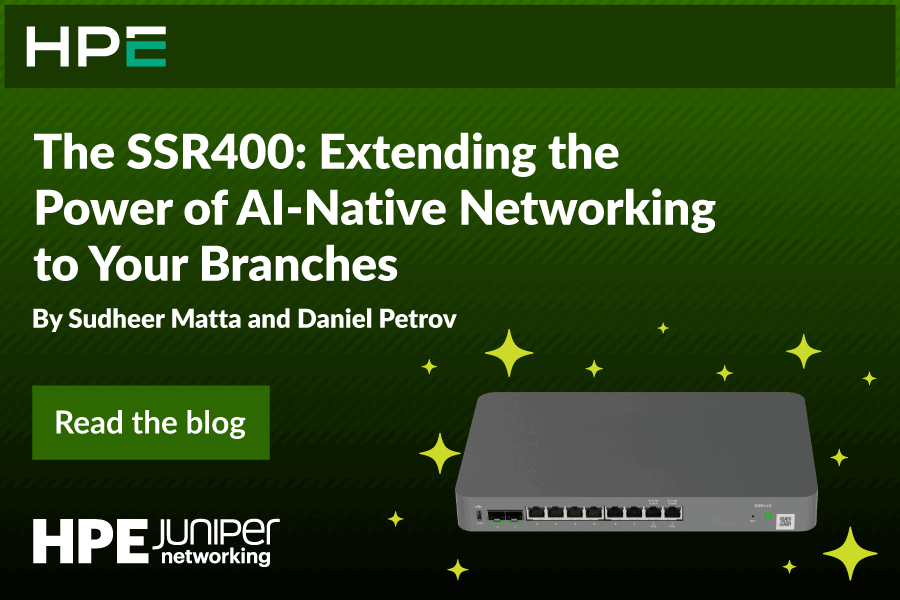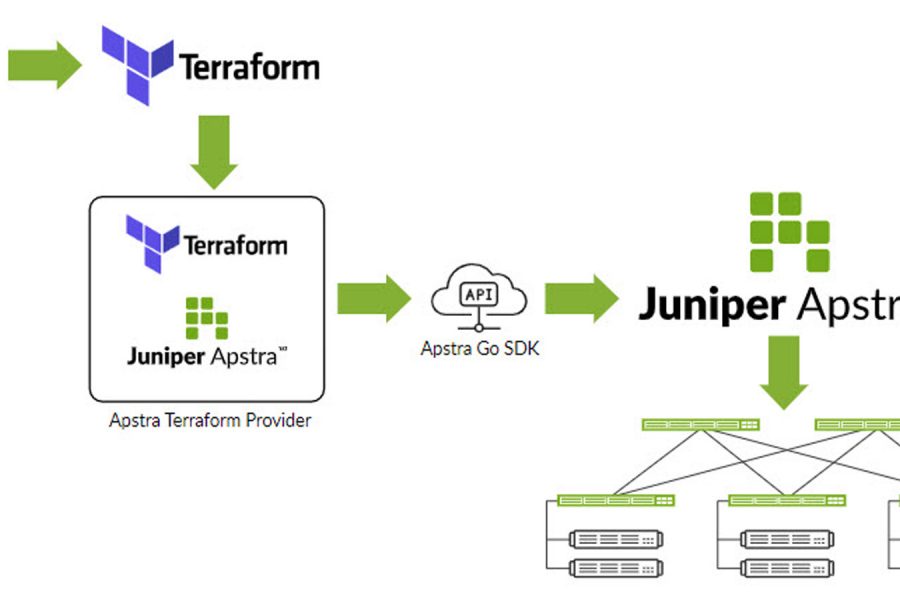Navigating major technology and operational transitions is difficult. When the industry discussion is imprecise or incomplete or even just lacks nuance, these transitions can quickly move from difficult to impossible.
Today, the biggest transition facing our industry is the one to cloud and multicloud. To facilitate a more complete discussion, Juniper Networks has put together some resources we hope will help clarify the reasons for change, around the problem space and ultimately enumerate some of the more salient decision points along the way. These resources include:
- From Cloud to Multicloud – An overview guide to battling complexity in enterprise network design and operation.
- Multicloud Technical Guide for Network and Cloud Architects – A guide on how to connect and secure workloads across many clouds and operate as if they were in one cloud.
If a user’s style is hands on, we also offer free options to test drive and try out our solutions:
- Test drive Juniper – Download the Virtualized QFX data center switch with a prebuilt EVPN-VXLAN network. Get a free copy to build a virtual network running on a laptop or desktop.
- Try Contrail and AppFormix – In a safe, free, cloud-hosted sandbox environment, users can test Contrail Enterprise Multicloud, a cloud automation platform, that includes AppFormix, a cloud operations optimization tool.
Start with why
For many, the cloud represents a way to reduce costs. Many enterprises believe that cloud and multicloud are about leasing servers and infrastructure. Others see the full potential: cloud and multicloud are more about operations than servers and that means that the value will likely manifest more as agility than cost.
Understanding the why is important. It’s not just about setting sights on the right things. The best running teams and operations begin with why.
Chances are that business’ infrastructure evolution is based on a set of KPIs. If the why is not correctly diagnosed, the KPIs will be wrong. If enterprises do not have benchmarks for the right things (agility vs. cost, in this example), they will not be able to measure progress.
Put simply, there needs to be more precision around the why of multicloud if enterprises are to navigate the transition effectively. And in these resources, we are trying to sharpen the discussion around why so that enterprises are better prepared to begin.
Understand the challenges
So much of the journey from where enterprises are to where they want to be is determined by the obstacles along the way. If they do not understand what those obstacles are, it is difficult to plan to overcome them.
From a networking perspective, networking must solve for:
- Multi-domain connectivity
- Multi-vendor orchestration
- End-to-end visibility
- Pervasive security
- Reduced complexity
These primary challenge areas will lead to natural points of emphasis in architectures and create constraints within which solutions must be designed. By bringing these obstacles into focus, it is our hope that enterprises will begin to plot deliberate paths forward, addressing what could emerge as major inhibitors to a multicloud future as a matter of design.
Foundational elements
The depth and breadth of multicloud are frequently ignored in everyday conversation. Most dialogues focus on a narrow slice of the broader movement—data center or public cloud in most cases. But multicloud requires end-to-end policy and control, making both the campus and branch important, as well. Additionally, networking companies frequently limit the conversation to connectivity. But multicloud is a top-to-bottom endeavor, requiring connectivity but also orchestration, visibility and security.
By broadening the discussion to cover a larger cross-section of the underlying infrastructure, we are hoping to drive a more complete understanding of networking’s role in enabling multicloud. We believe if enterprises view the transition through too narrow an aperture, they will miss important architectural constructs which will make success difficult.
The bottom line
Multicloud is not just another technology deployment. It represents a significant operational transformation and such changes require careful thought and planning. The entire industry benefits from a more complete discussion of the key points inside that transition and we are hopeful that our thoughts will spur a more nuanced discussion that should significantly improve enterprises’ chances at a first-time successful journey.

























